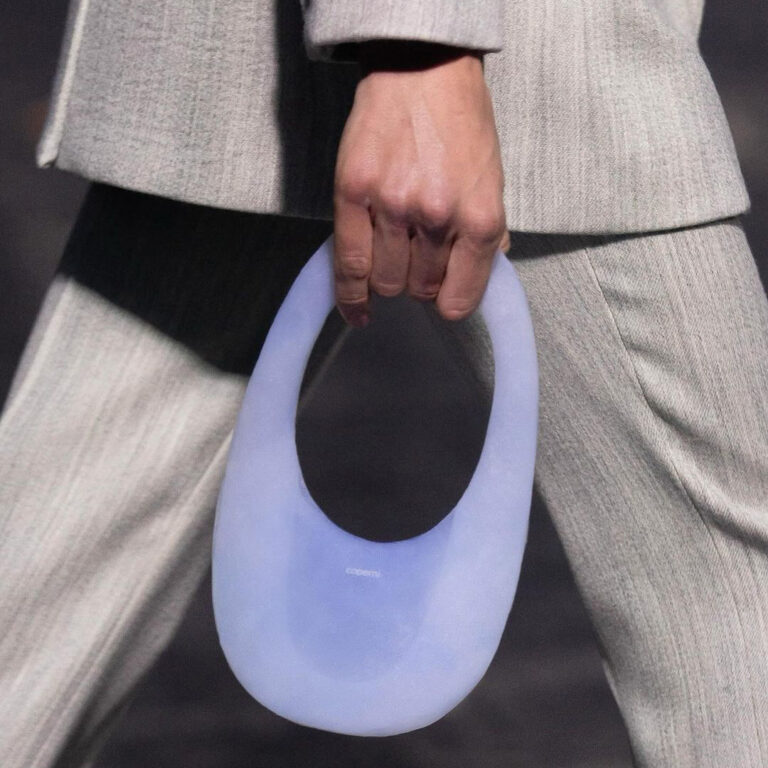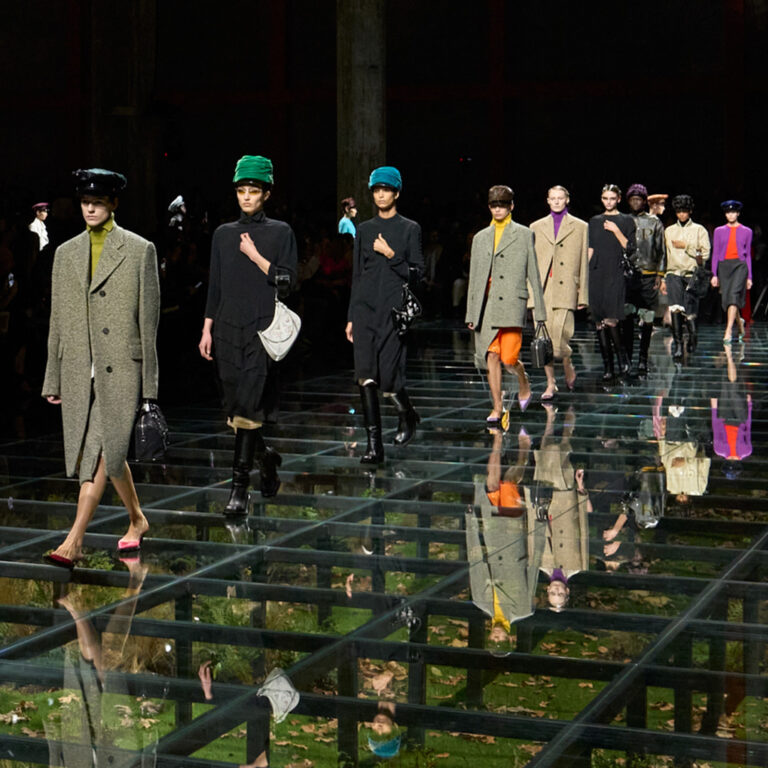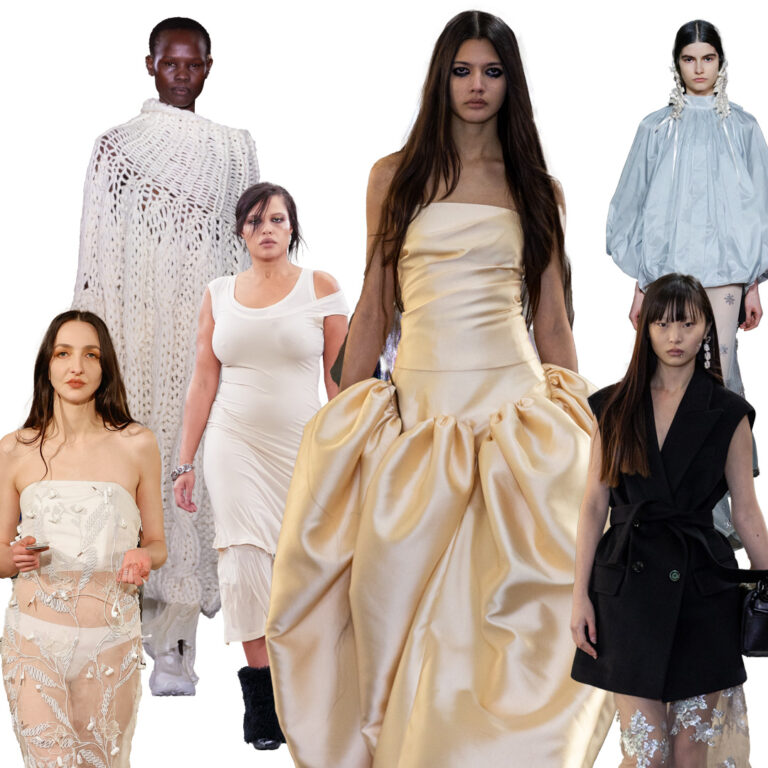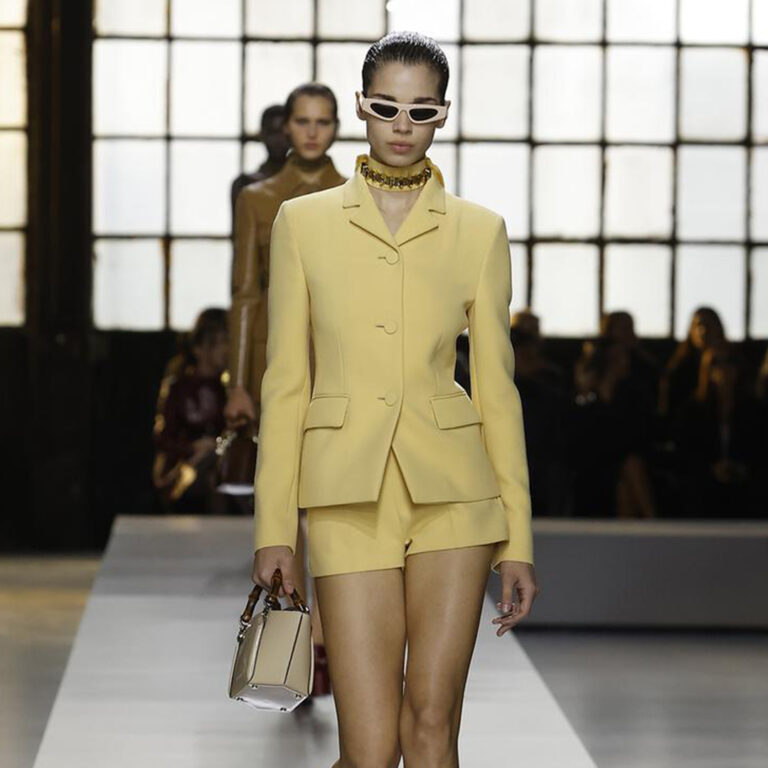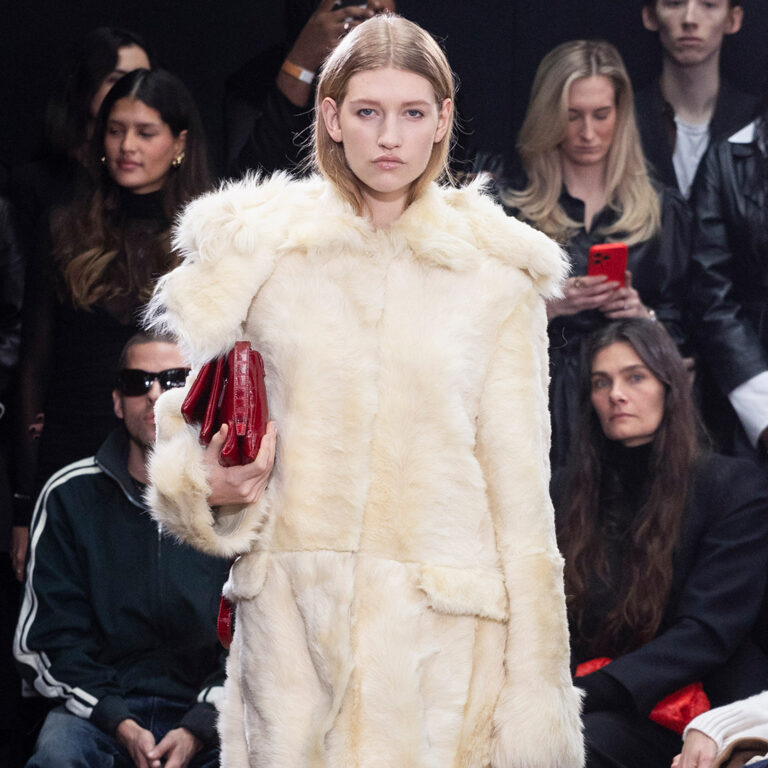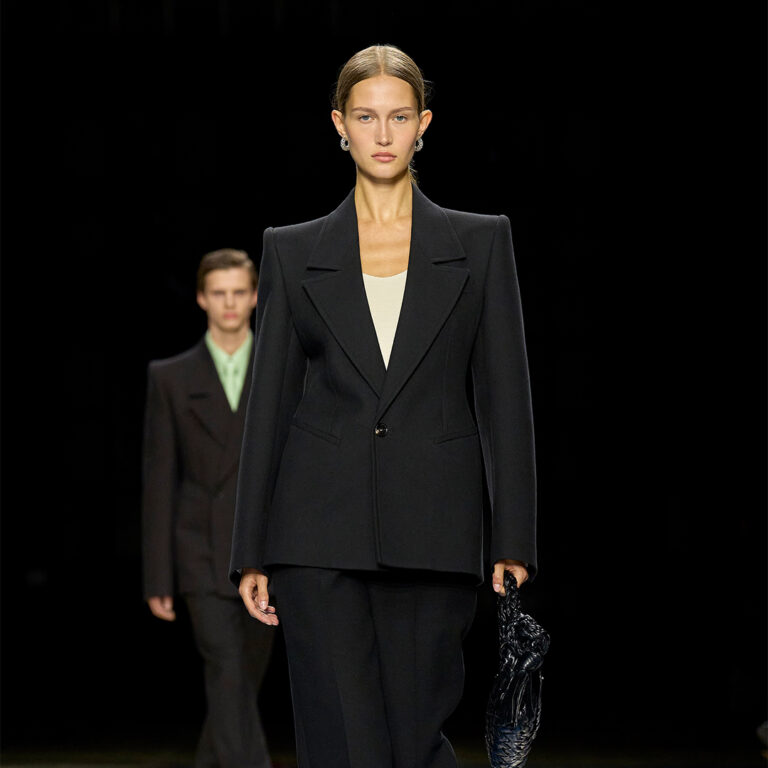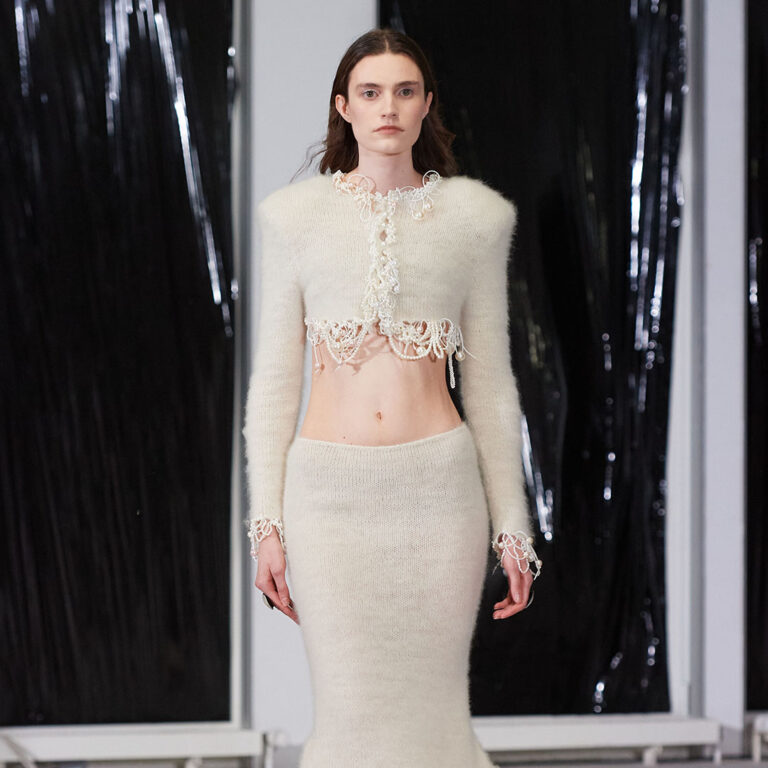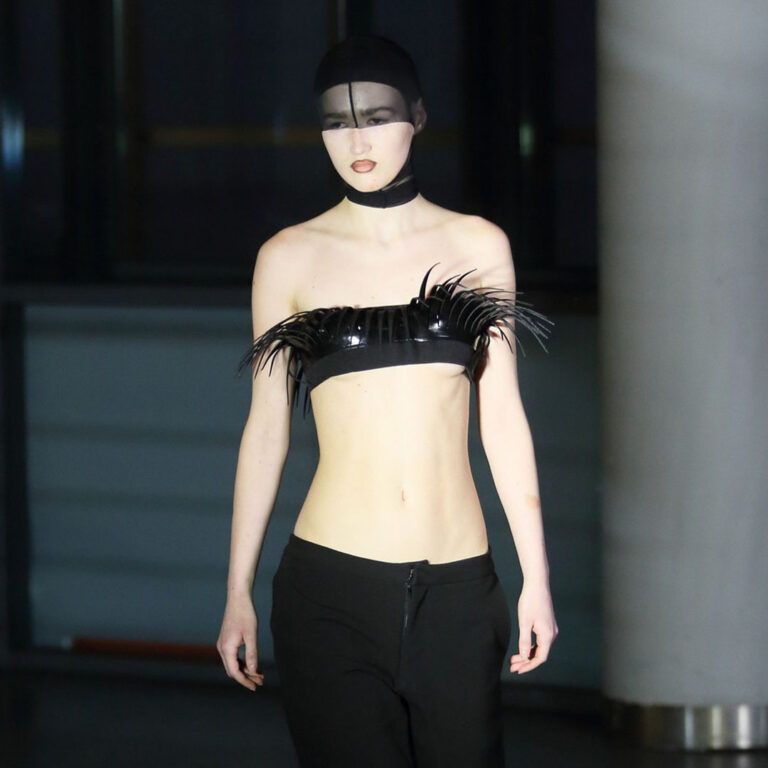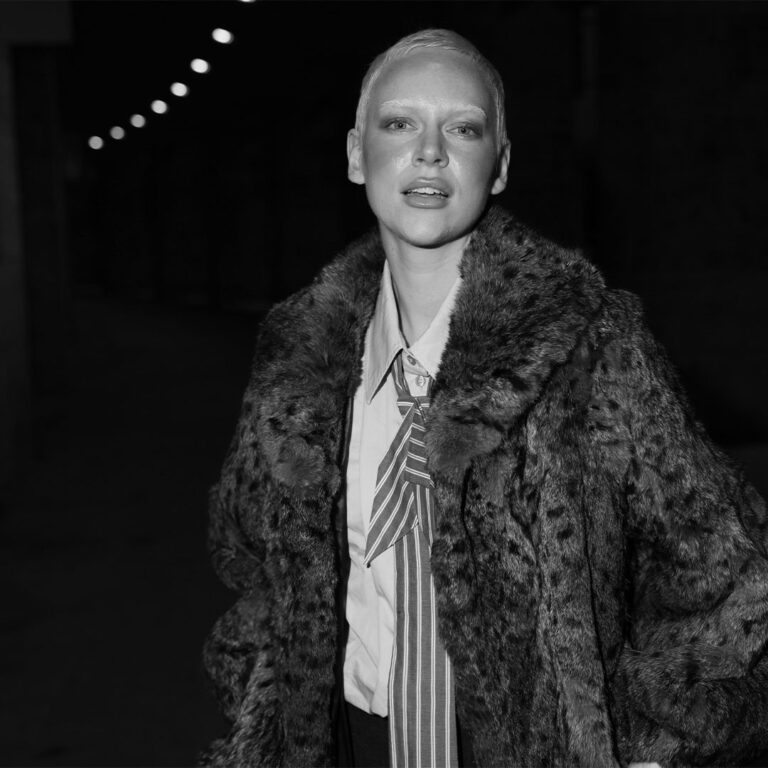This year The Business of Fashion and McKinsey & Company have teamed up to create an annual view of The State of Fashion 2020. Industry players are in a state of nervousness due to many political and economical factors having a big impact on fashion industry today. The report indicates the McKinsey Global Fashion Index (MGFI), predicting the fashion industry will experience even slower growth this year – down to three to four percent. Let’s take a look at the two main fashion industry trends of 2020.
Cover photo: © Pexels
Materials Revolution
More and more fashion brands are exploring materials science for new textiles and fibers, with the focus on sustainable pieces. Today’s innovations consist radical experimentations of different synthetic and re-engineered fibers, contributing to widen color and design palettes.
According to the research, key leaders are rising the investments in fiber innovations. For example, New Balance is experimenting with the new leather alternative – pineapple leaf fiber, Piñatex. In 2018, Chanel launched a set of new strategic priorities: to research and develop materials – including ‘leather’ – generated by agri-food industries.
Moreover, the smart-textile market is growing globally. For example, In September 2019, together with Saint Laurent, Google launched its Cit-e backpack. This special backpack contains a computer connected with an app on the owners phone. The main goal of this collaboration? “Our ambition is simple: to make life easier. By staying connected to your digital world, your things can do so much more. Skip a song by swiping your sleeve. Take a picture by tapping on a shoulder strap. Get reminded about the phone you left behind with a blink of light or a haptic buzz on your cuff.” According do Jacquard® by Google, an easy and connected life is what the future is about.
https://www.instagram.com/p/B1_sYTYH010/
Saint Laurent Cut-E Backpack
On top of this, the global material revolution is changing the way fashion brands operate with raw materials. According to Business of Fashion, H&M and HKRITA (Hong Kong Research Institute of Textiles and Apparel) are currently working on a hydrothermal recycling plant in Hong Kong to recycle fiber blends. These kind of innovations represent a major change in the use of raw materials in fashion industry.
https://www.instagram.com/p/Bi3vNihFd7I/
H&M foundation project with HKRITA
Sustainability first
Despite the large progress, the fashion industry still remains one of the most consuming and polluting industries around the world. Although the active interest from young designers in environmental and social issues, fashion hasn’t yet taken its part in global change.
Environmental protests at London Fashion Week this September, ban on destruction of unsold fashion goods from France (to be implemented by 2023), the appearance of the Green Button – first world’s government sustainable textile label from Germany: all these influence key leaders to face a transformational change. Hopefully these initiatives are more than the core fashion industry trends of 2020. Let it be the building blocks on which the fashion industry will lean on.
https://www.instagram.com/p/B2TqxgFCBO4/?igshid=1i6m94g94fc25
Circular economy is crucial in today’s business strategy, bringing the environmental issues at the first row. LVMH therefore introduced its own series of environmental commitments, Kering spearheads a new Fashion Pact of reducing environmental impact, which will likely lead to customer awareness and – hopefully – a big change in consumer behavior and preferences. Even Zara announced to use hundred percent recycled or sustainable materials by 2025, followed by H&M to do so by 2030.
From daily use of plastic-free alternatives through shopping from sustainable fashion labels, even the smallest step in lifestyle changes can actually make a huge difference for our planet.
Also read: Interview – Helene Oudman from IKIGAI LABELS on how and why to buy smart


